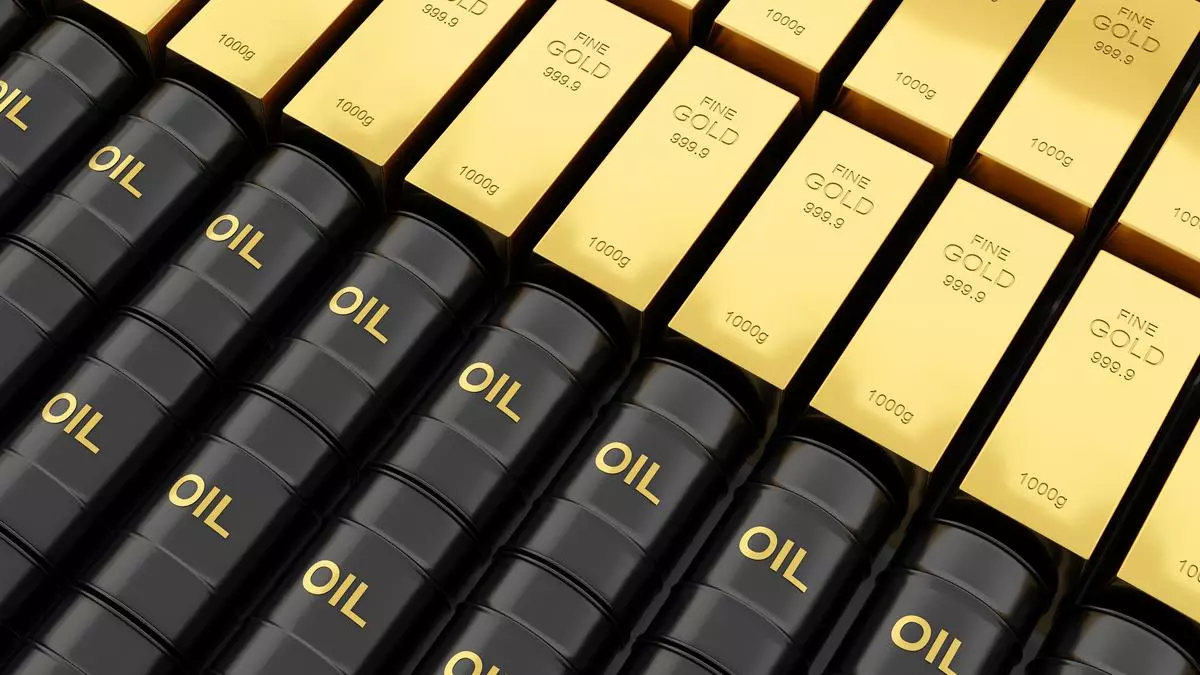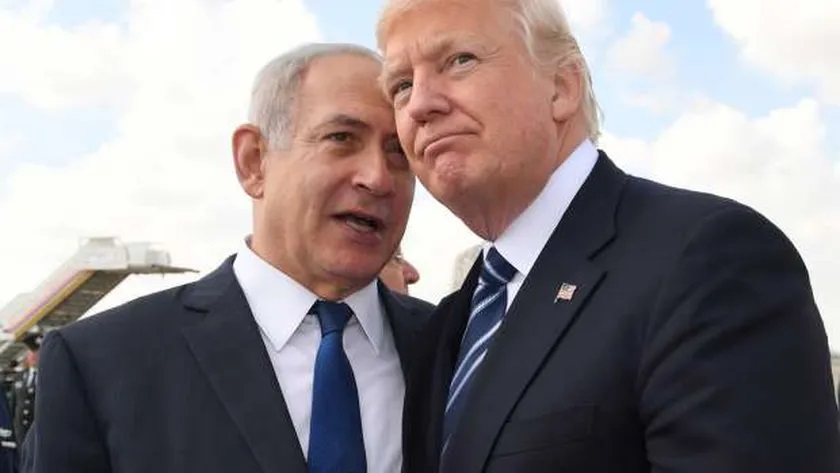Central Banks Drive Record Gold Demand in 2024
Discover why central banks have escalated their gold purchases globally, contributing to historic demand levels despite geopolitical uncertainties and how this affects global markets.
Published February 07, 2025 - 00:02am

Image recovered from shorouknews.com
The World Gold Council reports a continued surge in gold purchases by central banks across the globe, with acquisitions exceeding 1,000 tons for the third consecutive year in 2024. Poland, India, and Turkey emerged as the most prominent buyers, propelling total purchases to an astounding 4,974 tons. This trend follows fifteen years of consistent buying by these monetary authorities, driven by efforts to diversify currency reserves away from the U.S. dollar amidst geopolitical tensions and economic uncertainties.
In its latest report, the Council projects that the demand for gold will remain robust in 2025, fueled by escalating geopolitical tensions and volatile economic landscapes. This is part of a broader strategy by central banks to stabilize their portfolios and hedge against potential risks. Market experts note that the ongoing trade conflicts, particularly between the U.S. and China, and persistent inflation concerns, are pivotal factors prompting this shift towards gold as a strategic asset.
The technological sector also witnessed a rise in gold demand, with a 7% increase attributed largely to the expanded adoption of artificial intelligence. This sector's consumption increased by 21 tons in 2024. Gold prices reached historical highs recently, largely supported by fears of an emergent trade war. In this economic landscape, the spot price of gold rose slightly to reach $2,856.99 per ounce, narrowly missing its session high.
In addition, the investment landscape around gold experienced significant changes. The annual demand for gold investment hit a four-year peak at 1,180 tons, marking a 25% rise, largely buoyed by renewed interest in gold exchange-traded funds (ETFs) during the latter half of the year. This resurgence returned after several years of heavy outflows, highlighting a revived investor confidence in gold amidst ongoing geopolitical tensions in regions such as Ukraine and the Middle East.
While the central banks continue their unprecedented purchase rates, the jewelry sector faces challenges. The demand for jewelry fell by 11% to 1,877 tons, primarily driven by decreased purchasing power in China, a market that significantly boats gold consumption. Despite the drop, China's investment demand for gold increased, stabilizing its position as the largest gold market globally.
In Saudi Arabia, a notable rise of 9% in demand for gold coins and bars is anticipated, bolstered by economic growth and the influx of high-net-worth individuals. Nevertheless, as investors flock to gold as a safe haven, jewelers express concerns over fluctuating prices impacting consumer behavior and sales volumes. The continuous tug-of-war between geopolitical risks, fluctuating interest rates, and investor tendencies underscores the complexities of the current gold market.
Despite potential drawbacks in jewelry sales, experts assert that elevated geopolitical and economic uncertainties will persist in supporting the demand for gold as a hedge and store of value. The intricate interplay between political dynamics and market movements remains a pivotal factor in shaping the strategic maneuvers of central banks and investors alike in the commodity markets.







